
Brainstorm Security Shop

For Orders Over $199

On Any Of Our Products

Details On Refund Page
Pocket knives are versatile tools that have been a staple in everyday carry (EDC) for centuries. Whether you’re an outdoor enthusiast, a DIY hobbyist, or someone who simply appreciates the utility of a good blade, a pocket knife can be an invaluable companion. In this blog, we’ll explore some of the best pocket knives of 2024, their features, and how they work.
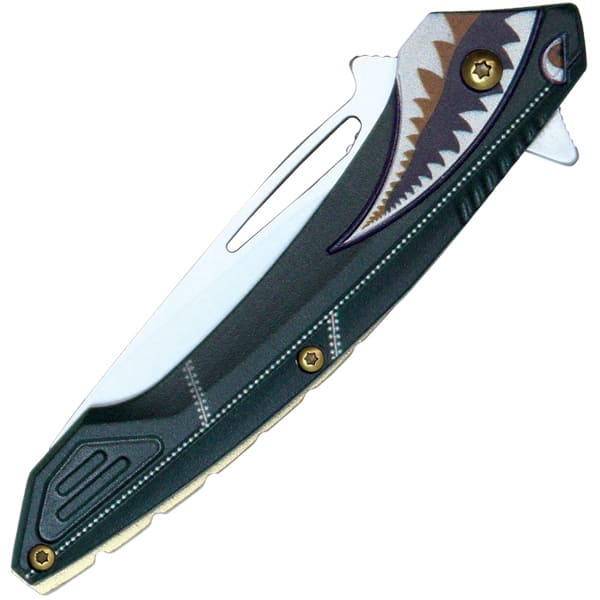
Before diving into the best pocket knives, it’s essential to understand what makes a pocket knife great. Here are some key factors to consider:
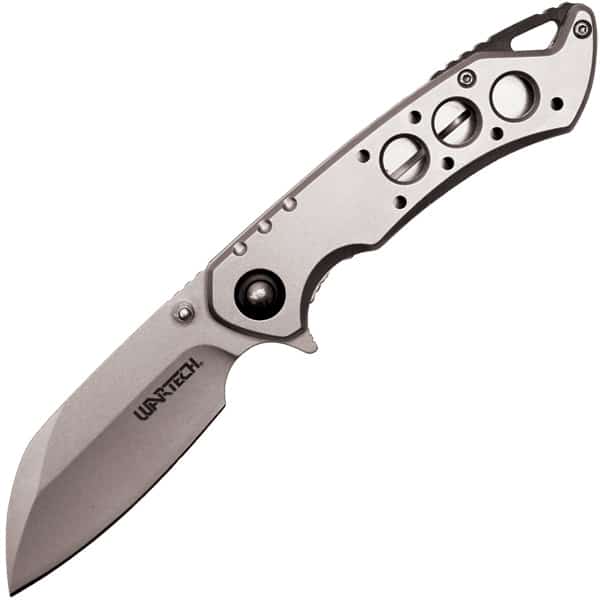
Blade: The blade is the cutting edge of the knife. It can be made from various materials, each offering different levels of sharpness, durability, and corrosion resistance. The blade’s shape and grind affect its cutting performance and intended use.
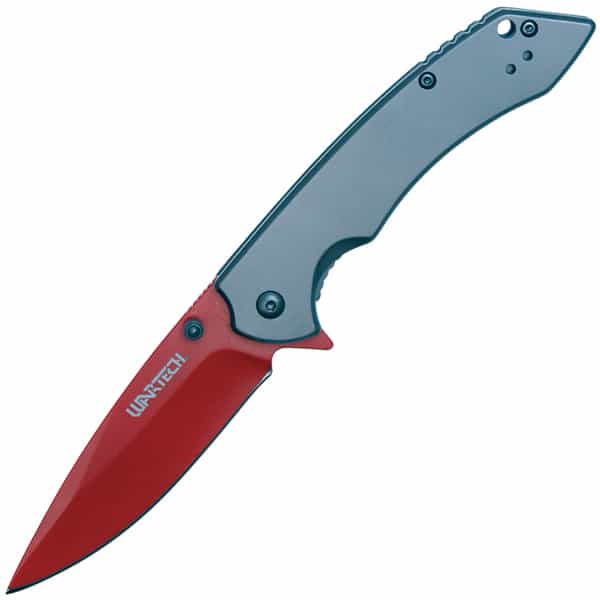
When selecting a pocket knife, consider your intended use. Here are some scenarios and the types of knives that suit them:
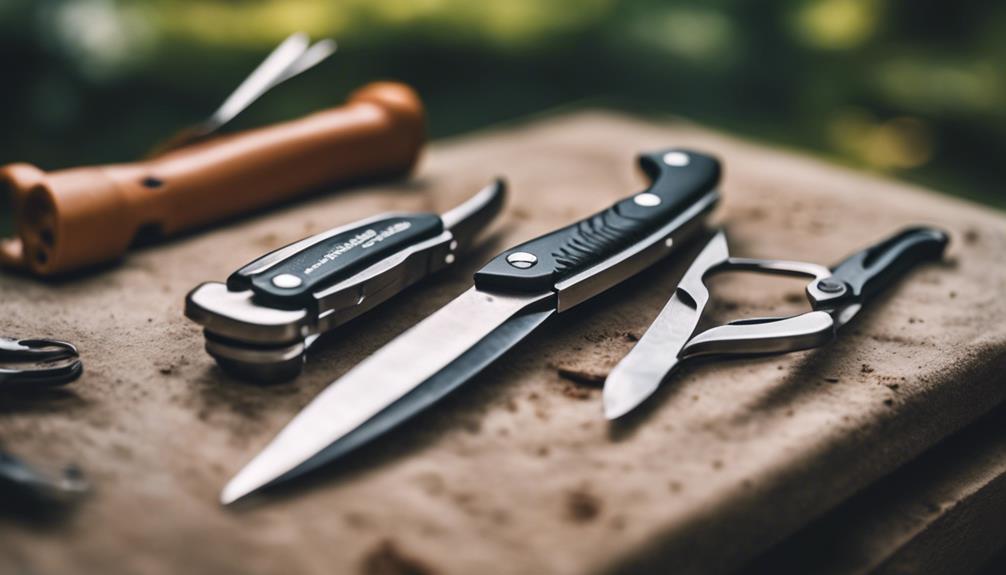
To keep your pocket knife in top condition, follow these maintenance tips:
Pocket knives are indispensable tools that offer a blend of utility, convenience, and craftsmanship. Whether you’re looking for a budget-friendly option or a premium piece, there’s a pocket knife out there to suit your needs. By understanding the features and mechanisms of these knives, you can make an informed choice and enjoy the benefits of a reliable EDC tool.
Happy cutting!
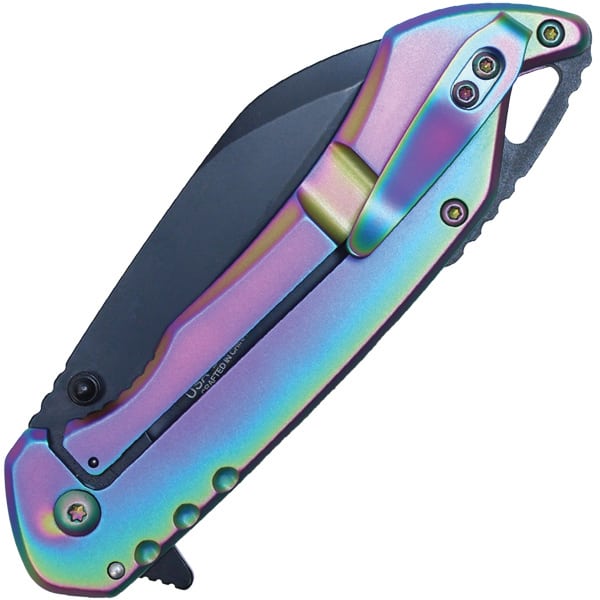
Brainstorm Security Shop
1867 Caravan Trail
Ste 105
Jacksonville, FL 32216
Call us toll free: (800) 859-5566